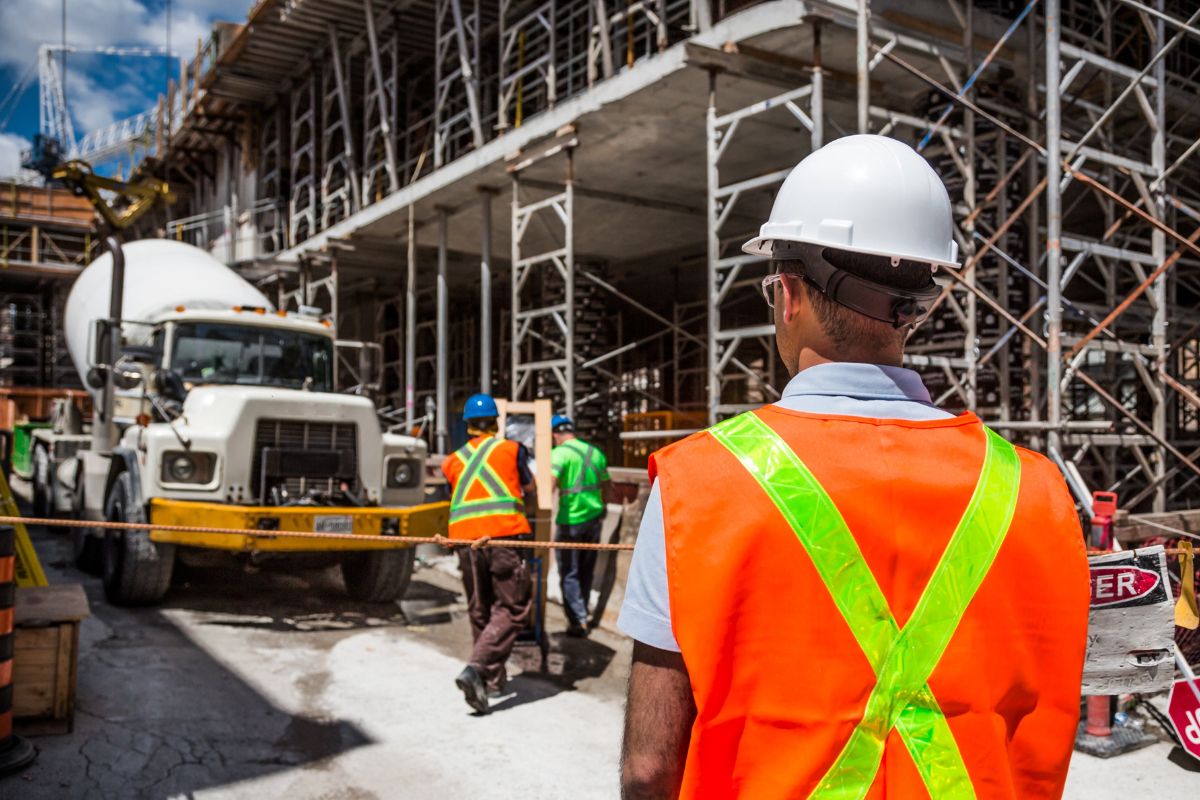Landmark Court Ruling Exposes Workers’ Compensation Barriers in the Construction Industry

A pivotal ruling in the case of Waldy Quinones Garcia v. Monadnock Construction, Inc. has reignited national discourse around the systemic hurdles construction workers face when seeking workers’ compensation. The case, brought forward by an injured worker against a leading construction firm, exposed significant deficiencies in how compensation claims are processed — and how often injured individuals are left without the support they desperately need during recovery.
Construction work continues to rank among the most dangerous professions in the United States. According to the Bureau of Labor Statistics (BLS), the construction industry reported 1,075 worker fatalities in 2023, making it the deadliest occupational sector in the country. Alarmingly, 39.2% of these fatalities resulted from falls, slips, and trips—many from heights between 6 and 30 feet, underscoring the ever-present dangers on construction sites. While fatalities make headlines, the toll of nonfatal injuries is far more widespread. In 2020 alone, 174,100 nonfatal injuries were documented, many involving fractures, head trauma, and musculoskeletal damage that required extensive medical care and months—if not years—of recovery.
Table of Contents
ToggleLegal Precedent and Systemic Failures
The Garcia case has gained attention for doing what few legal decisions have done before—formally acknowledging the structural weaknesses of the workers’ compensation system. The ruling emphasized the very real and often insurmountable obstacles injured workers face, including delayed claim processing, inconsistent approvals, and a lack of legal clarity surrounding employer accountability.
Recent national data backs this up. A study from the Workers Compensation Research Institute (WCRI) revealed that only 70% of eligible injured construction workers file for compensation. Many hesitate to come forward due to fears of employer retaliation, confusion about the process, or pressure to “tough it out” on the job. For those who do file, outcomes remain uncertain.
Between 2018 and 2022, the number of denied workers’ compensation claims increased by 20%, according to industry-wide insurance reports. These denials leave injured workers in limbo—unable to earn wages, afford medical care, or support their families.
On average, a medically consulted construction injury costs $42,000, a staggering figure that covers emergency care, surgery, physical therapy, and income loss. For many laborers, especially undocumented or low-income workers, a single injury can trigger long-term financial instability and emotional distress.
Third-Party Liability and Legal Alternatives
The Garcia ruling also bolstered discussion around third-party liability claims—a legal path that allows injured workers to seek compensation from parties other than their direct employer. For example, subcontractors, equipment manufacturers, or property owners may bear responsibility for safety lapses. These claims can serve as a crucial financial lifeline when traditional workers’ compensation is delayed or denied. Legal experts believe the recognition of these options is a key turning point, one that may empower more injured workers to pursue justice through civil litigation alongside or instead of insurance channels.
Legislative Momentum: The Justice for Injured Workers Act
In parallel with this legal milestone, legislative bodies are also stepping up. In 2022, Congress passed the Justice for Injured Workers Act (JIWA), a law aimed at reforming the workers’ compensation system on a structural level. The Act includes three key pillars:
- Reducing delays in claim processing by streamlining documentation requirements and setting enforceable review deadlines.
- Strengthening protections for workers who fear retaliation after filing claims, including whistleblower status and employer penalty provisions.
- Increasing employer accountability by introducing harsher fines for safety violations and requiring more comprehensive on-site training and inspection reports.
“The ruling in Garcia v. Monadnock and the introduction of JIWA together represent a critical shift in how our legal and legislative systems treat injured workers,” said a representative from Levine & Wiss, a law firm deeply involved in workers’ rights advocacy. “This is about more than one case—it’s about dismantling a system that, for too long, has failed those who keep our cities running.”
The Financial and Human Cost
Beyond legal procedures, the broader cost of workplace injuries is staggering. The National Safety Council (NSC) estimates that construction-related injuries and illnesses cost the industry more than $13 billion annually in medical expenses, insurance premiums, and lost productivity. These numbers reflect not just a financial burden on businesses and insurers, but a personal crisis for workers who suffer prolonged recovery, reduced quality of life, and family stress due to income loss.
Behind every statistic is a worker with a story—someone who may have fallen from scaffolding due to inadequate guardrails or suffered a concussion because of faulty equipment. These injuries don’t just temporarily sideline careers; they permanently alter lives.
Moving Toward Reform
While the Garcia case and JIWA mark encouraging progress, advocates insist that more must be done. National guidelines should be enforced at the state level to ensure uniform protection across jurisdictions. Legal aid and outreach initiatives must reach vulnerable worker populations, especially non-English speakers and undocumented workers. And most importantly, the public must continue to recognize that construction workers—who build our homes, roads, and cities—deserve far better than bureaucratic roadblocks in their moment of need.
As more eyes turn toward the flaws of the workers’ compensation system, firms like Levine & Wiss are continuing to push for equity and reform. Through legal advocacy, client education, and representation in court, they remain a leading voice in the fight for injured workers’ rights.
Know Your Rights
For more information about workers’ compensation rights, third-party claims, or legal support for construction-related injuries, check Levine And Wiss’s research page.
The Garcia ruling has illuminated the urgent need for systemic reform within the construction industry’s workers’ compensation framework. As legal and legislative momentum builds, this moment offers a vital opportunity to correct long-standing injustices and ensure injured workers are treated with the fairness, dignity, and support they deserve.
Published by Seren Reynolds
Hi, i am a digital marketer with over 5 years of experience. I specialize in using online platforms and strategies to help businesses grow and engage their audiences. View more posts







